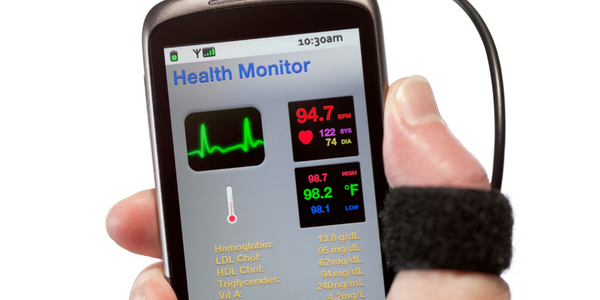Customer Company Size
Large Corporate
Region
- America
Country
- United States
Product
- COMSOL Multiphysics®
- Left Ventricular Assist Devices (LVADs)
Tech Stack
- Multiphysics Simulation
- Rotating Machinery Modeling
- 3D Magnetic Field Model
Implementation Scale
- Enterprise-wide Deployment
Impact Metrics
- Customer Satisfaction
- Productivity Improvements
- Innovation Output
Technology Category
- Analytics & Modeling - Digital Twin / Simulation
- Analytics & Modeling - Predictive Analytics
- Analytics & Modeling - Real Time Analytics
Applicable Industries
- Healthcare & Hospitals
- Life Sciences
Applicable Functions
- Product Research & Development
- Quality Assurance
Use Cases
- Predictive Maintenance
- Remote Patient Monitoring
- Digital Twin
Services
- Software Design & Engineering Services
- System Integration
About The Customer
St. Jude Medical is a leading medical device company focused on developing innovative solutions to improve the lives of patients with heart failure. The company specializes in creating ventricle assist devices (VADs) that provide mechanical circulatory support to patients with poorly functioning left ventricles. St. Jude Medical employs advanced numerical simulation techniques throughout the design process to address various aspects of device development, including thermal effects, fluid dynamics, and power transfer. The company's research and development efforts are centered on enhancing the biocompatibility, hemocompatibility, and immunocompatibility of their devices to ensure they do not elicit adverse immune responses or interfere with other bodily systems. With a commitment to improving patient outcomes and quality of life, St. Jude Medical continues to innovate and refine their LVAD technology.
The Challenge
The development of a device meant to assist or completely replace the functioning of the heart is undeniably complex. This design process involves immense challenges, from supplying power to the device to ensuring it does not interfere with normal biological functioning. Researchers at St. Jude Medical use multiphysics simulation to engineer LVADs, Left Ventricular Assist Devices, in an ongoing effort to improve the outlook and quality of life of patients with heart failure. The condition typically begins with the left side of the heart, as the left ventricle is responsible for pumping oxygen-rich blood throughout the body, a greater distance than the right ventricle, which pumps blood through the lungs. Often, in patients with a poorly functioning left ventricle, an LVAD can provide mechanical circulatory support. The ventricle assist device is one of the most complex machines ever implanted in a human being. An LVAD must circulate the entire human blood stream and support life, as well as be compatible with the internal environment of the human body. Thoratec, now part of St. Jude Medical, brought LVADs to a wide market in 2010, after years of clinical trials.
The Solution
The design of an LVAD must take many factors into consideration. The device must be small enough to connect to the heart and be made of compatible materials and geometry that permit the device to reside in the body without being rejected. Fluid dynamics, power supply, and thermal management must also be considered. As multiple interacting physical effects must be accounted for at each area of development, multiphysics simulation is vital to the design process. Freddy Hansen, Sr. R&D Engineer at St. Jude Medical, uses his expertise in physics and mathematical modeling to characterize complex implantable medical devices like LVADs before experimental studies. Hansen has been using COMSOL Multiphysics® software since 2011 and has since created upwards of 230 models that address a wide range of design challenges pertaining to the unique physics of artificial pumping devices. With each generation of LVADs introduced to the market, improvements are made that contribute to enhanced safety and quality of life for the patient. Research and development efforts at St. Jude Medical are centered on improving biocompatibility, hemocompatibility, and immunocompatibility, such that the device does not elicit an adverse immune response, nor interfere with other bodily systems. Geometry and size of the device play an important role in its overall effectiveness. To implant the LVAD, the surgeon connects one end of the LVAD to the left ventricle and the other end to the ascending aorta. If the device is smaller, it is less cumbersome, and less likely to interfere with neighboring organs or tissue. Simulation allows for the evaluation of changes in size or geometry of the LVAD design before implementation of a physical prototype.
Operational Impact
Quantitative Benefit

Case Study missing?
Start adding your own!
Register with your work email and create a new case study profile for your business.
Related Case Studies.
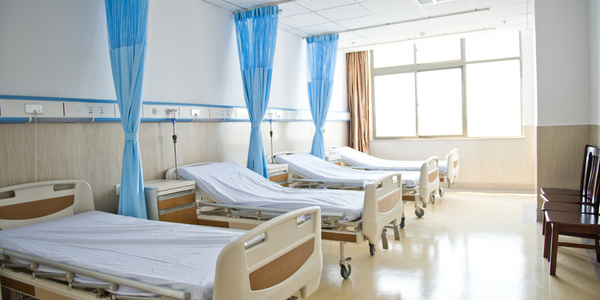
Case Study
Hospital Inventory Management
The hospital supply chain team is responsible for ensuring that the right medical supplies are readily available to clinicians when and where needed, and to do so in the most efficient manner possible. However, many of the systems and processes in use at the cancer center for supply chain management were not best suited to support these goals. Barcoding technology, a commonly used method for inventory management of medical supplies, is labor intensive, time consuming, does not provide real-time visibility into inventory levels and can be prone to error. Consequently, the lack of accurate and real-time visibility into inventory levels across multiple supply rooms in multiple hospital facilities creates additional inefficiency in the system causing over-ordering, hoarding, and wasted supplies. Other sources of waste and cost were also identified as candidates for improvement. Existing systems and processes did not provide adequate security for high-cost inventory within the hospital, which was another driver of cost. A lack of visibility into expiration dates for supplies resulted in supplies being wasted due to past expiry dates. Storage of supplies was also a key consideration given the location of the cancer center’s facilities in a dense urban setting, where space is always at a premium. In order to address the challenges outlined above, the hospital sought a solution that would provide real-time inventory information with high levels of accuracy, reduce the level of manual effort required and enable data driven decision making to ensure that the right supplies were readily available to clinicians in the right location at the right time.
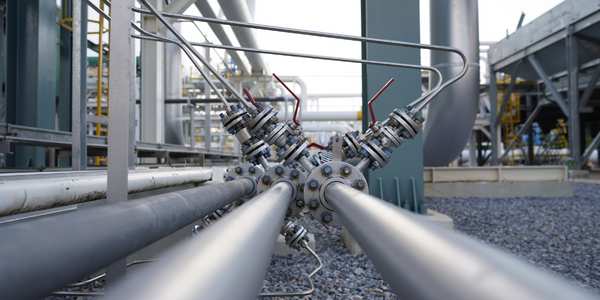
Case Study
Gas Pipeline Monitoring System for Hospitals
This system integrator focuses on providing centralized gas pipeline monitoring systems for hospitals. The service they provide makes it possible for hospitals to reduce both maintenance and labor costs. Since hospitals may not have an existing network suitable for this type of system, GPRS communication provides an easy and ready-to-use solution for remote, distributed monitoring systems System Requirements - GPRS communication - Seamless connection with SCADA software - Simple, front-end control capability - Expandable I/O channels - Combine AI, DI, and DO channels
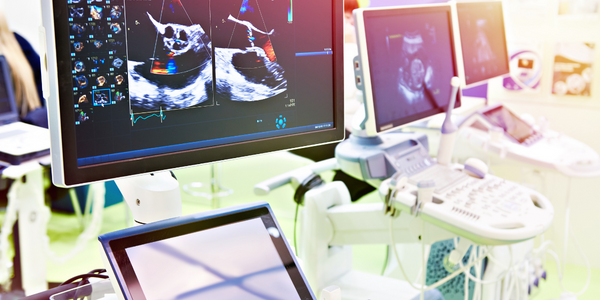
Case Study
Driving Digital Transformations for Vitro Diagnostic Medical Devices
Diagnostic devices play a vital role in helping to improve healthcare delivery. In fact, an estimated 60 percent of the world’s medical decisions are made with support from in vitrodiagnostics (IVD) solutions, such as those provided by Roche Diagnostics, an industry leader. As the demand for medical diagnostic services grows rapidly in hospitals and clinics across China, so does the market for IVD solutions. In addition, the typically high cost of these diagnostic devices means that comprehensive post-sales services are needed. Wanteed to improve three portions of thr IVD:1. Remotely monitor and manage IVD devices as fixed assets.2. Optimizing device availability with predictive maintenance.3. Recommending the best IVD solution for a customer’s needs.
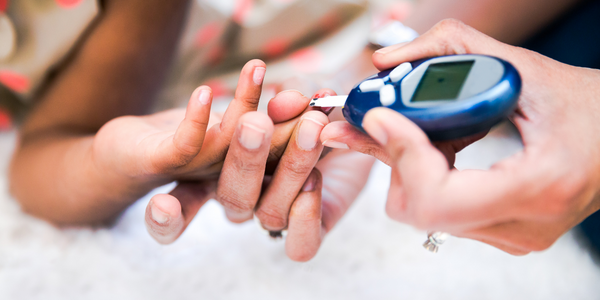
Case Study
HaemoCloud Global Blood Management System
1) Deliver a connected digital product system to protect and increase the differentiated value of Haemonetics blood and plasma solutions. 2) Improve patient outcomes by increasing the efficiency of blood supply flows. 3) Navigate and satisfy a complex web of global regulatory compliance requirements. 4) Reduce costly and labor-intensive maintenance procedures.

Case Study
Harnessing real-time data to give a holistic picture of patient health
Every day, vast quantities of data are collected about patients as they pass through health service organizations—from operational data such as treatment history and medications to physiological data captured by medical devices. The insights hidden within this treasure trove of data can be used to support more personalized treatments, more accurate diagnosis and more advanced preparative care. But since the information is generated faster than most organizations can consume it, unlocking the power of this big data can be a struggle. This type of predictive approach not only improves patient care—it also helps to reduce costs, because in the healthcare industry, prevention is almost always more cost-effective than treatment. However, collecting, analyzing and presenting these data-streams in a way that clinicians can easily understand can pose a significant technical challenge.



